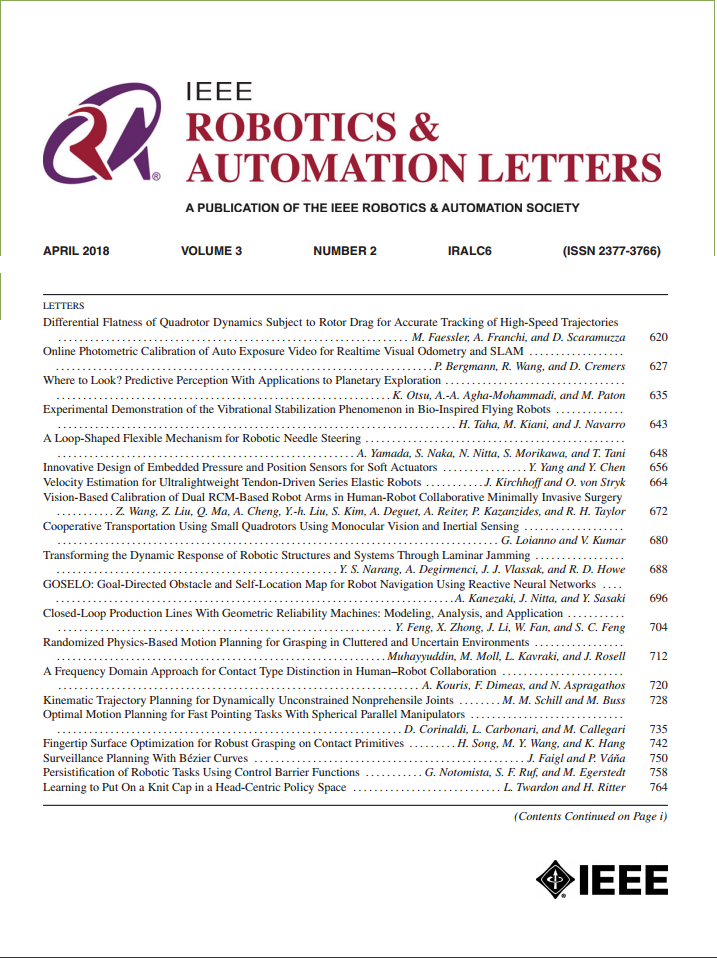HeR-DRL:Heterogeneous Relational Deep Reinforcement Learning for Single-Robot and Multi-Robot Crowd Navigation
IF 4.6
2区 计算机科学
Q2 ROBOTICS
引用次数: 0
Abstract
Crowd navigation has garnered significant research attention in recent years, particularly with the advent of DRL-based methods. Current DRL-based methods have extensively explored interaction relationships in single-robot scenarios. However, the heterogeneity of multiple interaction relationships is often disregarded. This “interaction blind spot” hinders progress towards more complex scenarios, such as multi-robot crowd navigation. In this letter, we propose a heterogeneous relational deep reinforcement learning method, named HeR-DRL, which utilizes a customized heterogeneous Graph Neural Network (GNN) to enhance overall performance in crowd navigation. Firstly, we devised a method for constructing robot-crowd heterogenous relation graph that effectively simulates the heterogeneous pair-wise interaction relationships. Based on this graph, we proposed a novel heterogeneous GNN to encode interaction relationship information. Finally, we incorporate the encoded information into deep reinforcement learning to explore the optimal policy. HeR-DRL is rigorously evaluated by comparing it to state-of-the-art algorithms in both single-robot and multi-robot circle crossing scenarios. The experimental results demonstrate that HeR-DRL surpasses the state-of-the-art approaches in overall performance, particularly excelling in terms of efficiency and comfort. This underscores the significance of heterogeneous interactions in crowd navigation.求助全文
约1分钟内获得全文
求助全文
来源期刊

IEEE Robotics and Automation Letters
Computer Science-Computer Science Applications
CiteScore
9.60
自引率
15.40%
发文量
1428
期刊介绍:
The scope of this journal is to publish peer-reviewed articles that provide a timely and concise account of innovative research ideas and application results, reporting significant theoretical findings and application case studies in areas of robotics and automation.
 求助内容:
求助内容: 应助结果提醒方式:
应助结果提醒方式:


